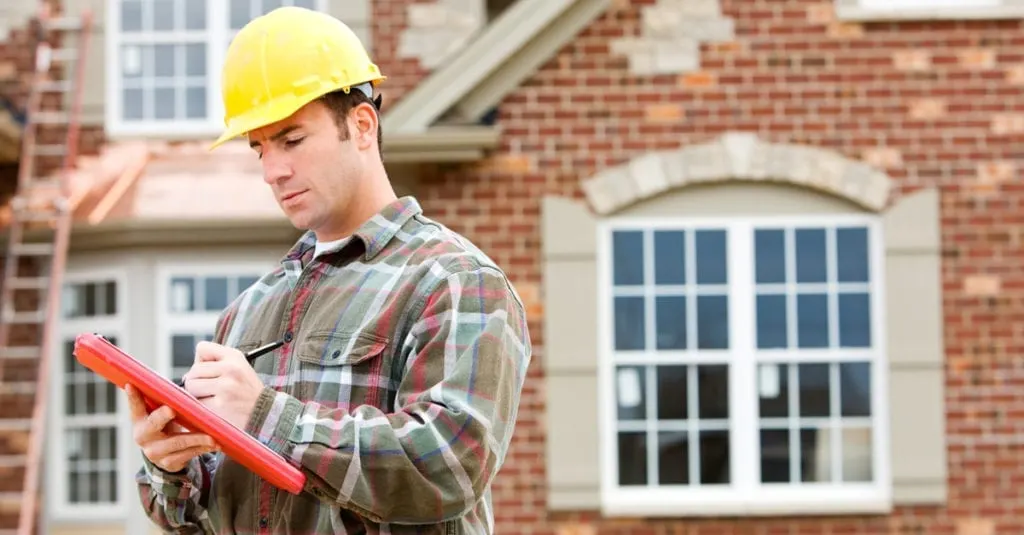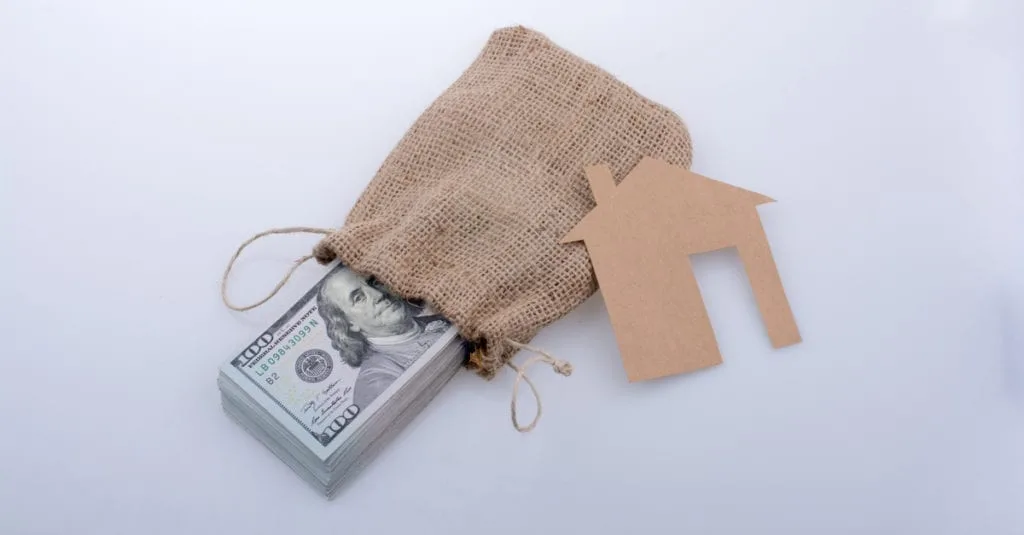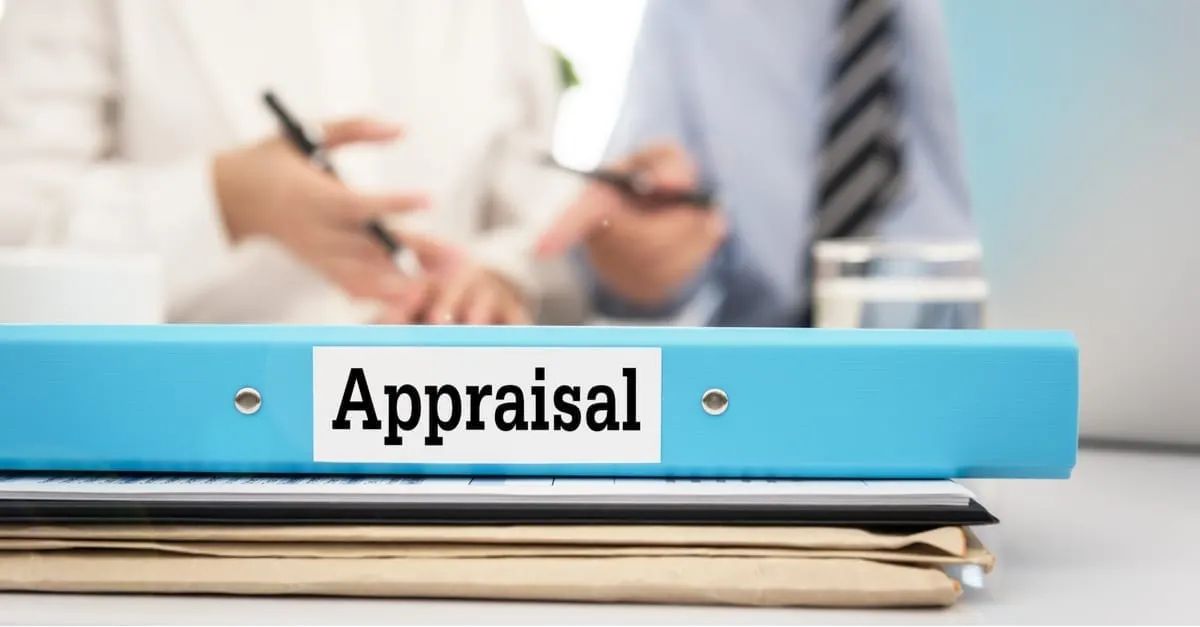Buying a home using a VA loan is an extensive process that requires you to partake in multiple processes.
One of the first processes that your lender will go through is ordering a VA appraisal on your property.
- VA appraisals are mandatory for any loan backed by the Department of Veteran’s affairs
- A home inspection and VA appraisal are not the same thing, though appraisers are still looking at the home’s structure and systems
- Buyers using VA loans should have a home inspection done before requesting the VA appraisal
- Use the Minimum Property Requirements as a checklist to prep the house before ordering an appraisal
- Most VA appraisals cost between $500 and $800. Homes in metro areas are typically less expensive than those in rural areas
- Homes must pass the appraisal before a loan will be issued
What Is a VA Appraisal?
The VA appraisal is a traditional method of property valuation.
The VA appraisal is believed to be an authentic and reliable assessment because it is performed by an independent VA appraiser.
The independent appraiser considers multiple factors and eventually issues a report that determines the property’s value and whether the Department of Veteran’s Affairs will even guarantee the loan.
VA appraisals are mandatory for every VA purchase loan. While this seems a bit over the top, it’s because the government is guaranteeing a loan, and they need to hedge their downside.
Establishing an Appraised Value
The first purpose of the VA appraisal is to establish a fair market value for the property. The appraiser does this by comparing your home to at least three other properties similar in age, location, and size.
This price is then adjusted up or down depending on whether or not your house has the same features. Once the appraisal is done, the lender will finance either the appraised or purchase price of the home, whichever is lower.
If your home is unique, it can be hard to determine its value, just as finding similar homes is difficult. In this case, the appraiser will find the “next best thing,” and his appraisal will be conservative.
VA Appraisals vs Inspections
Some buyers think the VA appraisal and home inspection are the same thing. However, there is a big difference between the two.
The point of the appraisal is to ensure the home is both worth the price you are claiming and that it meets the VA lending guidelines.
Establishes Condition Standards
These guidelines include minimum property condition standards. Although a home inspector looks for many of the same things as a VA appraiser, an independent home inspection is typically more thorough.
After all, the point of a home inspection is to ensure it’s safe and free from defects, and anything that could cause a problem in the future is noted. During this process, the inspector dives deep into the property’s structure and systems.
Inspects Structure and Systems
He’ll inspect the foundation, plumbing, electrical system, roof, and more. On the contrary, the minimum property requirements (the items an appraiser looks for) are a standard set of easily identifiable things common to most homes.
Because a home inspection is more detailed than the VA appraisal, it’s a good idea to have the home inspected before requesting an appraisal. This is because if you fail the appraisal, you’ll have to pay for an inspection.
Prevents Future Repairs
However, if you find and address any potential issues before the appraisal, you have a better chance of passing and will avoid the need to pay for multiple inspections.
Read on to learn what an appraiser is looking for; you’ll see that the requirements are basic, so a smart buyer will also get an independent home inspection.
Minimum Property Requirements

Sean Locke Photography/Shutterstock
The VA has certain concerns that it looks to find out throughout the course of its appraisal.
One of the chief motives behind the appraisal is to make sure that all homes are safe, meet minimum value requirements, and are structurally sound.
The VA appraiser does this by referencing the minimum property requirements. All concerns within the home would be mentioned in the appraisal report.
Specific action would be taken to ensure that the home is in line with these minimum standards. Homes that meet these Minimum Property Requirements guidelines would only be approved for eventual financing.
Understanding the Minimum Property Requirements
Appraisers from the VA take every single thing from within the property into account before giving it an approval rating or setting the price for it.
All factors, including the interior and exterior, are taken into consideration before the VA value is given.
While we have discussed the Minimum Property Requirements that a VA appraiser will look to find inside a home, it is best to look at the details pertaining to them more closely.
If a home doesn’t meet certain MPRs, the appraiser will leave a detailed note as to what a home needs to meet these requirements.
The VA doesn’t run a home inspection service, which is why they cannot promise that the home will be free of any defects whatsoever.
While MPRs have a given purpose within any property, they can be a bit too hard to understand for some novice sellers and buyers. Lack of proper information can lead to frustration down the line.
This is why you should have a sufficient understanding of MPRs before starting the house hunt. Appraisers look at the following items when conducting their walk-through:
Adequate Living Space
The property that you are getting a VA appraisal for should possess enough living space inside of it. By enough living space, we meant enough space for sleeping, cooking, and living.
Residential Properties Only
All kinds of storefronts and commercial office buildings are out of the question when it comes to VA financing.
Only residential properties are allowed to be financed using a VA loan.
Adequate Heating and Cooling
The heating and cooling system within the home should be on par with the standard that is set for different homes.
The heating system must have the capability to constantly keep the room temperature above 50 degrees Fahrenheit.
Adequate Roofing
Finally, your VA appraiser will look at the structure of the home, including the roofing.
If it’s worn, old, or looks to be in rough shape, they will require it to be addressed prior to issuing a loan.
Usable Electrical and Plumbing Systems
The electrical and plumbing systems in your VA-financed home should be usable and safe.
Minor electrical glitches don’t matter much, as they can spring up anytime and anywhere.
However, anything major, like short-circuit issues or any other problem of this kind, should be avoided.
Availability of Water
Your VA appraiser will take a nice, good look at the water supply and make sure that there is an adequate stream of water available inside the home.
Your home must be connected to the public water supply, and the water supply should meet current standards.
VA Appraisal Costs

Berke/Shutterstock
As I’m sure you expect, your appraisal is not free. While the fee schedule varies by state, it’s typically between $500 and $800.
This fee seems to vary based on the VA appraiser’s travel time. In bigger cities, the fee is lower because there is more manpower to complete the inspections.
The turnaround time also varies, but is typically between 10 and 15 days. We’ve included a list of common appraisal costs in some of the most popular states, ranging from Iowa to California.
Should You Worry About Failing a VA Appraisal?
As we’ve discussed, the list of things checked in a VA appraisal is straight-forward.
Additionally, a third-party home inspection will likely catch anything that will cause you to fail the appraisal.
This will save you time and money and give you the best chance of being approved for a VA loan.

